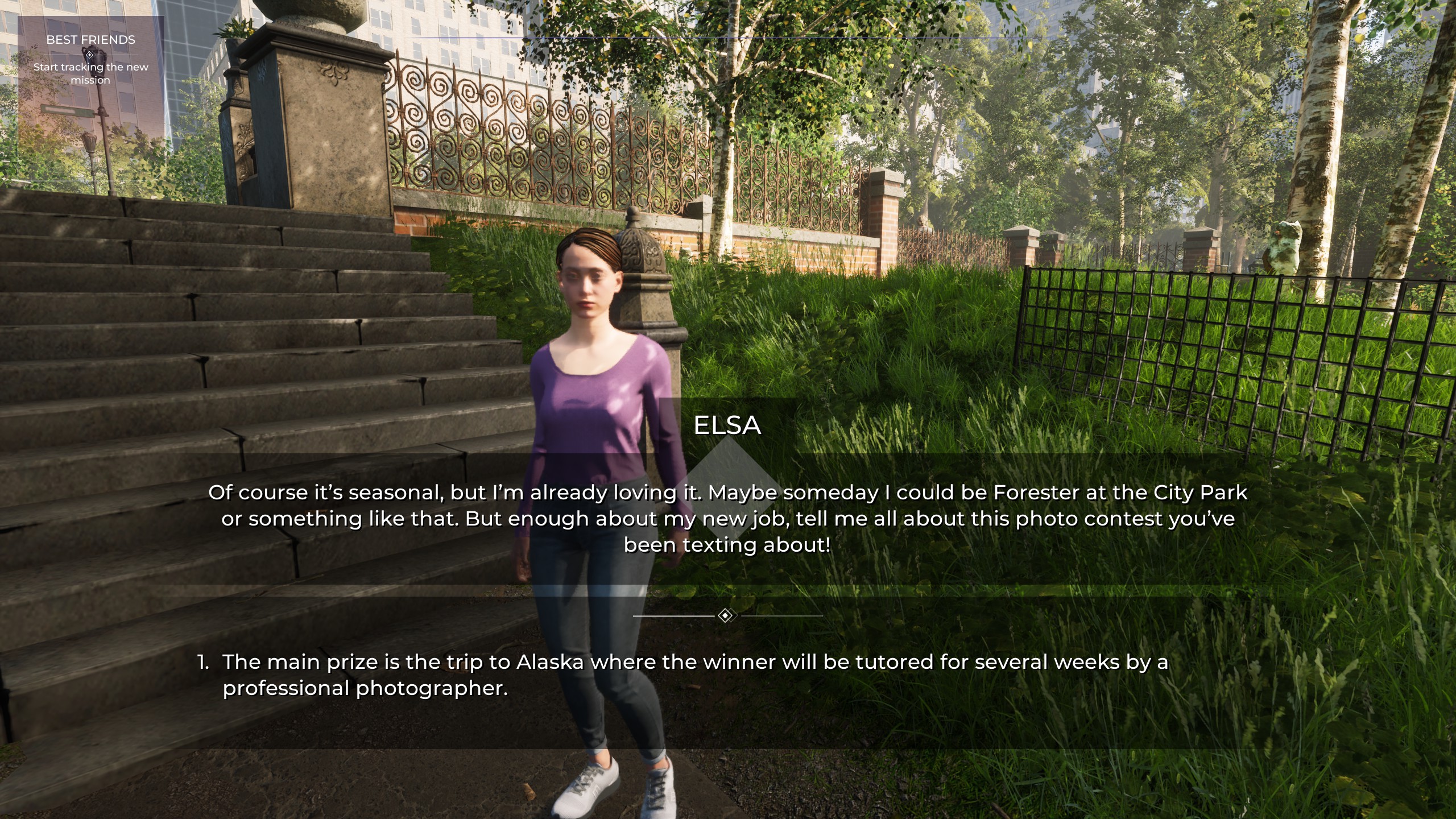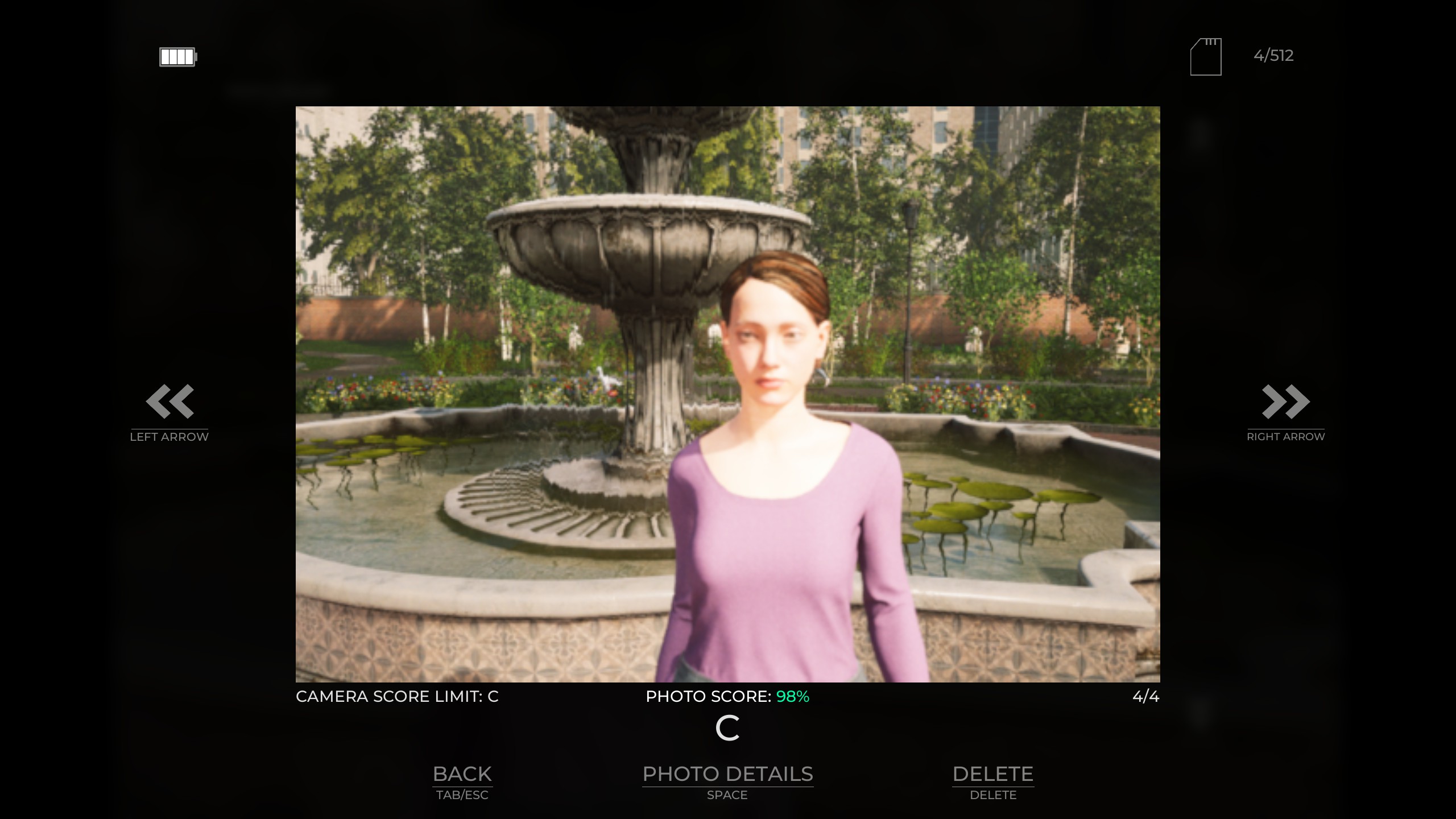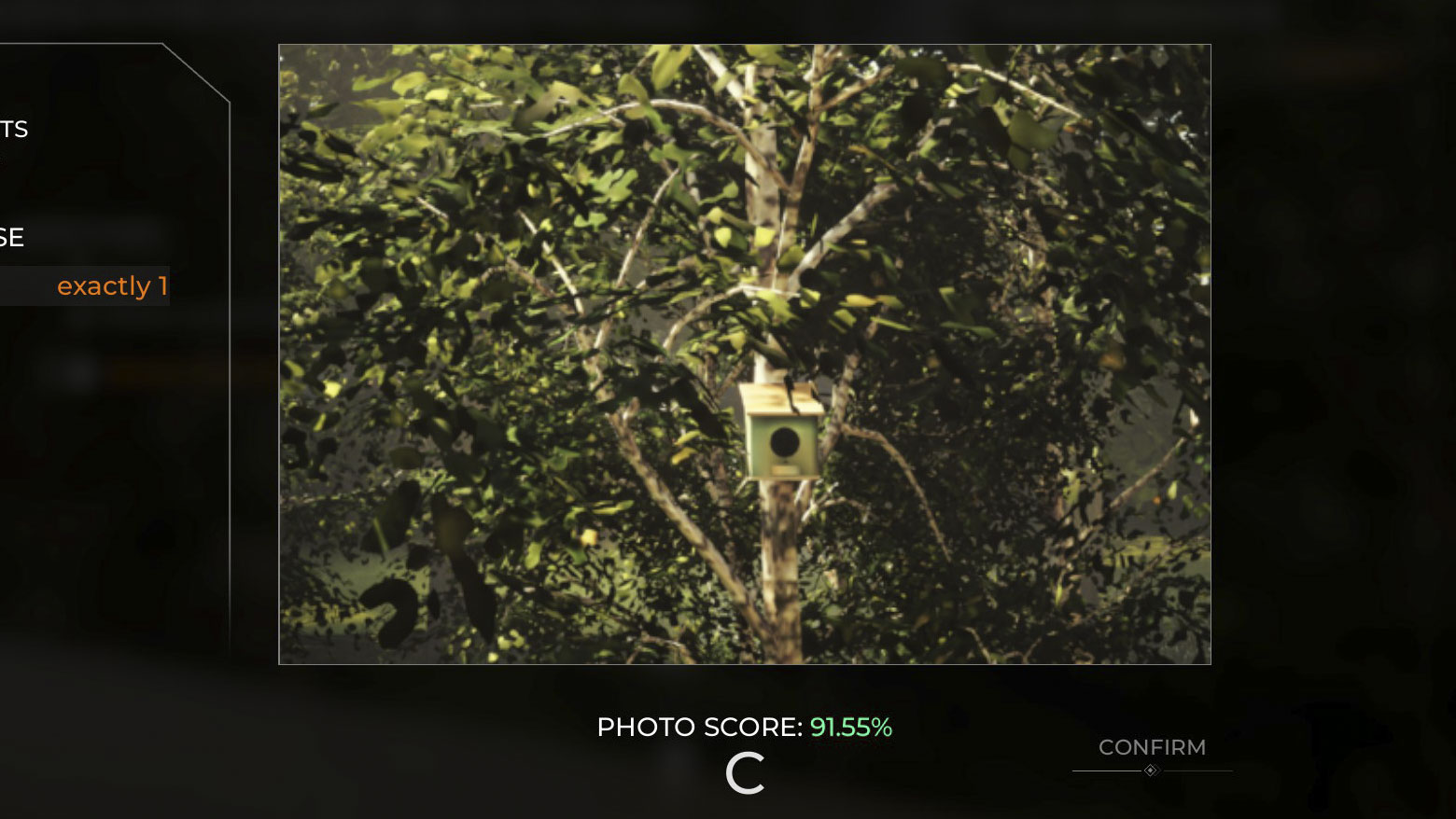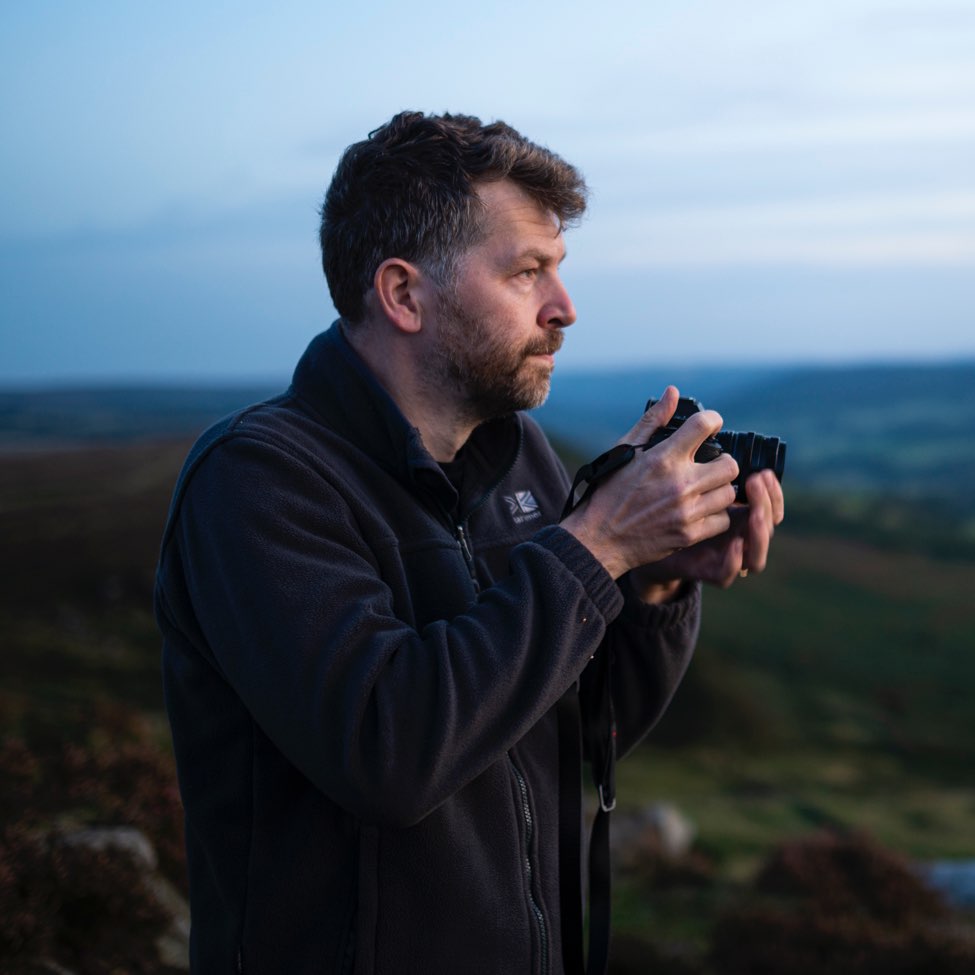I played a photography simulator demo and it can't hold a candle to the real thing, but the Apple Vision Pro could change that
It's like GTA if your fantasies are wholesome

I'm a competent photographer. My photos aren't going to change the world, but I'd like to think I've made images that most people would be happy to hang on their walls. So how would I fair with the Demo version of Madnetic Games' new Photography Simulator game?
As someone who writes about cameras and photography for a living, the pressure was on me not to embarrass myself during the open demo stage. The demo is set in New York's Central Park, where you find yourself as a 'guy with camera', well, a smartphone, who is asked to take a photo of your female friend who has just started her first day of work - a job which appears to involve little more than loitering in the park.
My first task was photographing the NY skyline across one of the park's lakes (see above). It was a task that I managed with a wiggle of the mouse to reposition and click to fire the virtual shutter. The game judged my photo as worthy of a C grade. I had passed, though I could have done better with my composition.

Photo Tasks
A stroll through the beautifully Unreal Engine-rendered park led me to Elsa - the female mentioned earlier. Elsa is a strangely rendered human with unnerving eyes and facial expressions. She asked me to take a photo of her next to a fountain to celebrate the first day of her new loitering job. Let the games begin!

I thought about this as a photographer: What would be best? Perhaps have her in the middle of the shot, directly in the middle of the fountain, everything in perfect symmetry. Or perhaps off to one side slightly so we could see more of the fountain? Or I could just take a mid-length shot with the fountain, adding some background interest. I opted for the latter and was again rewarded with a C rating. I also returned and took a second full-length, off-center shot... and received a C rating.
It appeared I had found my level as a photographer.
My next task was trickier and introduced me to the concept of sensitivity and ISO. Part of the game is learning about the various features of the camera, which is great for beginners (but more on this later.)
Sign up for breaking news, reviews, opinion, top tech deals, and more.
I was asked to take a photo of a fountain under a pergola. The tricky lighting situation required me to increase the ISO, which I did. My image received a C grade (obviously), and I jumped into the game menu to send the image to Elsa's phone. She seemed happy enough with the random image but let me know it had noise - it would look better on a proper camera. Another valuable lesson learned.
Zoom Lenses and Bird Boxes

Now, it was time to learn about zoom lenses. Elsa pulled from her list of mundane tasks and said I should photograph some birdhouses. Off I went in search of them using the in-game navigation tools. I took the shot, received my C rating, and tediously sent it to Elsa again.
After that, Elsa relieved me from my duties as her personal photographer, and I was free to roam around Central Park, hunting for photo missions to undertake. I photographed a woman and what was meant to be a squirrel (another C rating), but was actually a racoon. Then, I had a stroll around the park, completing a task or two and buying a camera from a photography stall in the middle of the park. The game does have a sense of humour, making light of some of the oddities in the onscreen conversations.
But I had to check out.
It was like Grand Theft Auto, but instead of doing stuff that I can't do in real life for many moral and legal reasons, I was doing something that I could do this afternoon: go to a park and take photos of birdboxes.
Unlike farming, cities, rollercoasters and even hospitals, it turns out that photography simulators aren't actually fun.

Photography as a game
As an idea, it sounds great. It encourages people to learn photography, starting with a smartphone. The problem is that anyone with a PC powerful enough to run Photography Simulator will likely have a smartphone and can walk around a real-life park and take photos of people or bird boxes.
The argument is that those who don't have a DSLR or expensive zoom lenses can practice and learn about using them. Still, a used, or even new, DSLR or mirrorless camera and a basic zoom lens aren't expensive - the best beginner cameras can be had for less than half the price of a premium smartphone.
The developers are now making the full version of the game focused on photographing landscapes and wildlife. It sounds like much more of an exciting adventure game as it is genuinely something that most people might not be able to do in reality. But it is still missing that physical, hands-on element. Like trying to solve a virtual Rubik's Cube, it just isn't the same as actually having it and learning how it works in your hands.
Photography Simulator may work better in VR; in fact, it definitely would. With Apple Vision Pro, we'll all meet in a virtual landscape and snap photos of each other soon enough. It will feel like we are there, except we aren't. We'll be in a rendered world where an algo has judged us to be C-grade photographers.
And that brings us to the final point. Photography is an art and is subjective. Of course, there are rules to learn, but there are already enough algorithms telling me that my photos aren't quite good enough. I'm not sure I need another one.
Photography Simulator by Magnetic Games is coming soon via Steam
You might also like

Richard Sibley is a photographer and writer passionate about travel and landscape photography. With over 15 years of experience writing and reviewing in the photo industry, he was formerly Deputy Editor at Amateur Photographer magazine and has had his words and images published in numerous other magazines and websites. Richard combines his love for photography with a deep interest in technology and gadgets. Beyond his professional pursuits, Richard embraces fatherhood and finds solace in gardening, cold plunges, long walks, and listening to podcasts. He is an aspiring minimalist, though the constant lure of new gadgets significantly challenges this ideal.